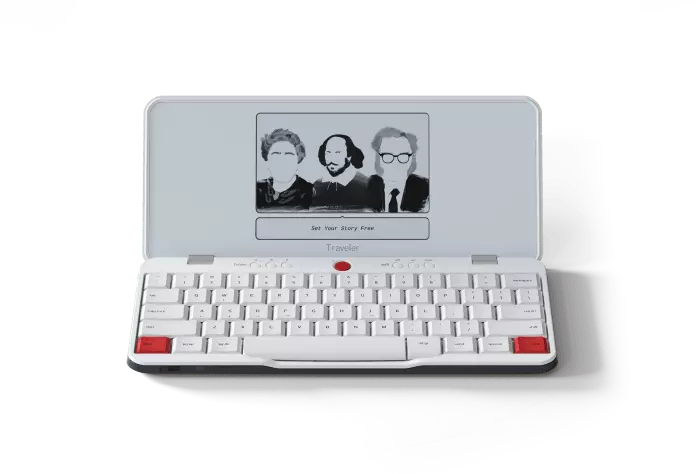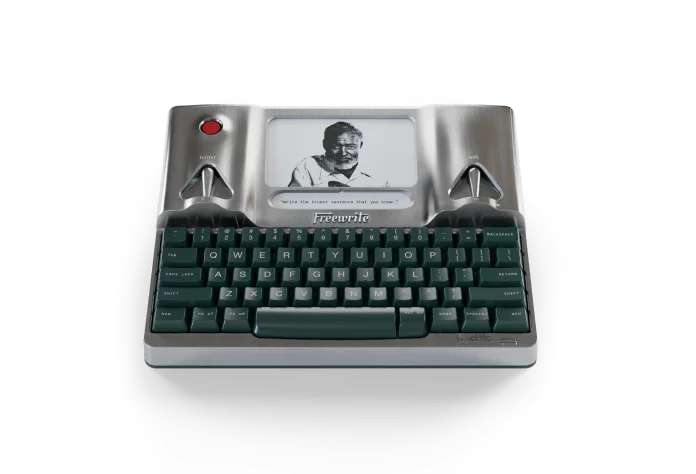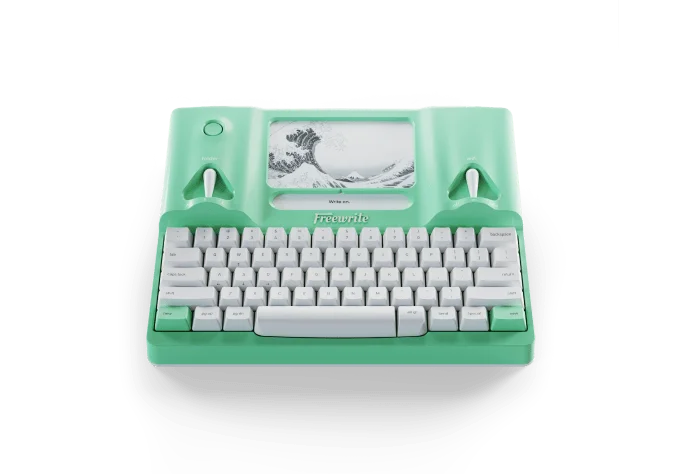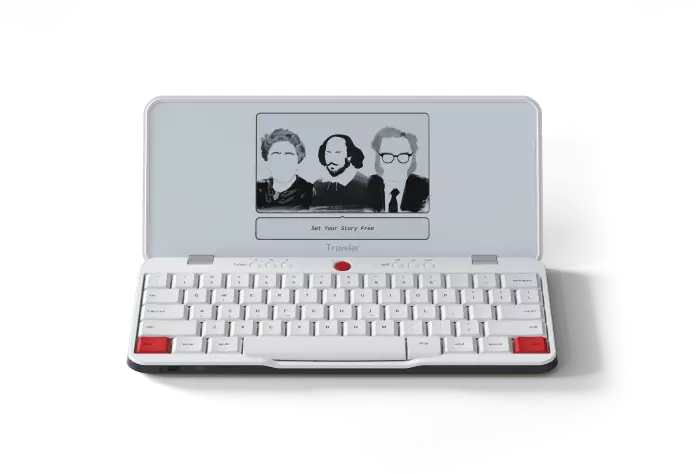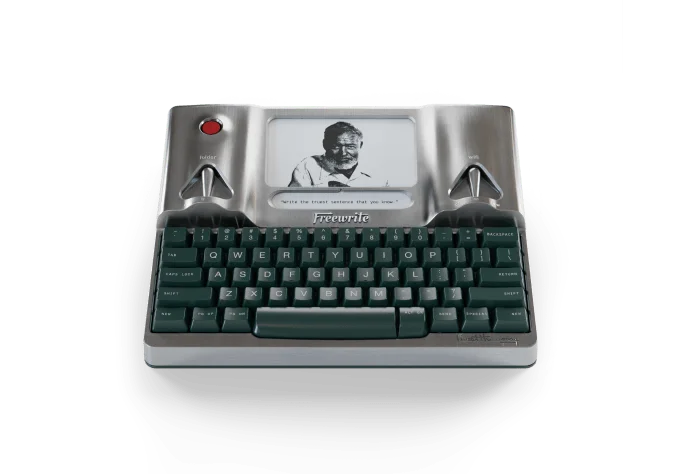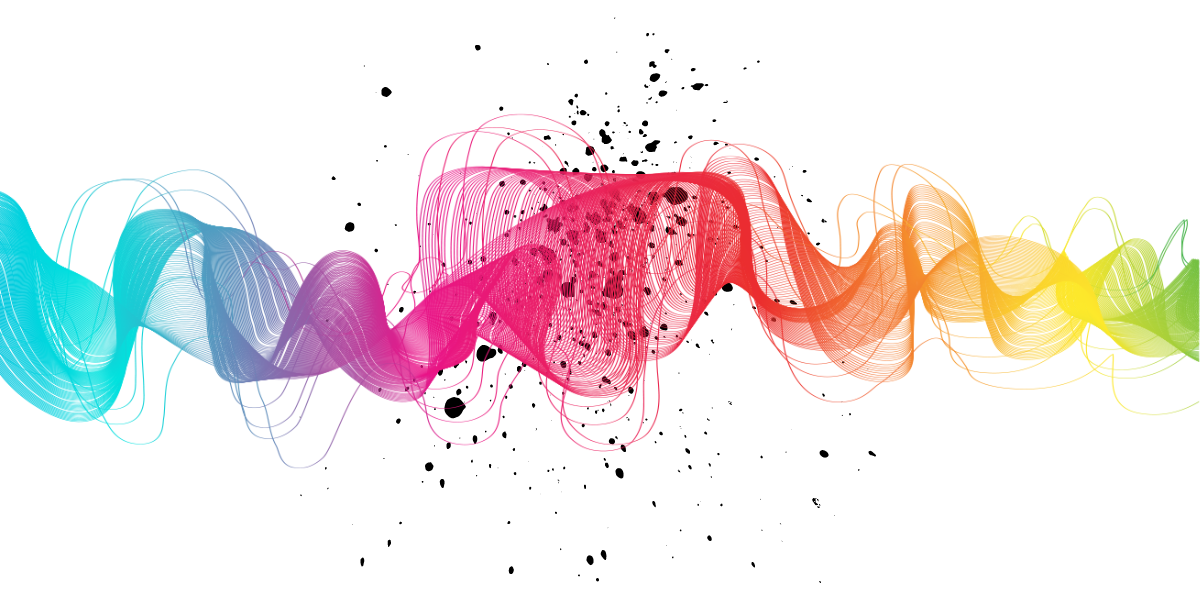Each and every month, more than 200,000 books are published worldwide — or over 6,000 each day. If you’re planning on publishing your novel, especially if you’re opting for self-publishing, then you’ve got some pretty fierce competition to get readers to choose yourbook over the thousands of others available.
When I’m considering buying or downloading a book from an author I haven’t read before, I like to use Amazon’s “Look Inside” feature. You may only get to preview a few pages of a novel but in my experience, that’s enough for me to know whether I’m going to enjoy the book or not.
It’s for that reason that I believe that the first line of your novel is more important now than it was twenty years ago. The first line has to grab a potential reader’s attention and convince them that they need to buy your book and keep reading.
In this post, I’ll be showing you three of the best techniques for crafting perfect first lines — but first, let’s take a look at what you shouldn’tdo in your first line.
First-Line Fails
Too many novels that I browse with “Look Inside” fail to compel me to keep reading and there are some common first-line fails that seem to befall a lot of self-published novels.
How about this one for a really terrible first line?:
"She wore a dress the same color as her eyes her father brought her from San Francisco,"
- Danielle Steele, Star.
Huh? Her father brought her eyes from San Francisco? When you consider this was not self-published and Danielle Steele is a bestselling novelist with lots of experience, it makes me wonder what the copy editor was thinking letting this go to print!
Then there’s this one, from Joel Phillips in Too Much of a Good Thing:
"Seeing how the victim’s body, or what remained of it, was wedged between the grill of the Peterbilt 389 and the bumper of the 2008 Cadillac Escalade EXT, officer “Dirk” Dirksen wondered why reporters always used the phrase “sandwiched” to describe such a scene since there was nothing appetizing about it, but still, he thought, they might have a point because some of this would probably end up on the front of his shirt."
Try to read that one out loud and you’ll run out of breath before you run out of words. It’s a prime example of one of my pet peeves with first lines — there’s excessive description and irrelevant information that certainly wouldn’t make me want to read on.
The English department at San Jose State University sponsors the Bulwer-Lytton Fiction Contest since 1982. It’s a comical literary competition that challenges entrants to compose the opening sentence to the worst of all possible novels. The winning entries can be truly hilarious, like the 2019 winner:
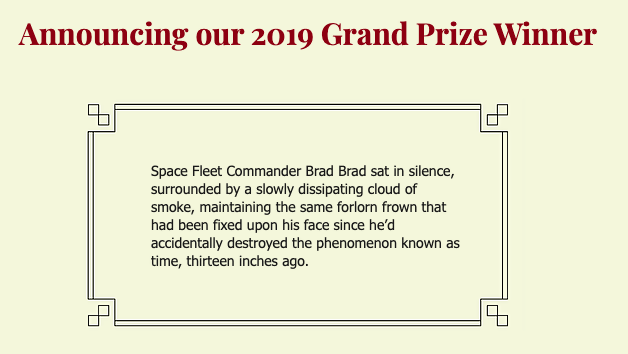
So, what should you avoid in your first line? I have a kind of list of things that will have me clicking out of the preview quicky:
- “Ordinary” dialogue. I’m not totally against using dialogue in a first line, but it’s something that takes a lot of skill and has to really grab my attention. “Ordinary” dialogue is the kind of everyday dialogue that has a place in a novel — but not in the first line.
- Irrelevant information. Like the example from Too Much of a Good Thing above, a first line that is full of information that the reader a) doesn’t need to know right now and b) doesn’t care about is to be avoided at all costs.
- Bringing in too many characters. First lines should be gripping and when you waste words on naming three or more characters in the first sentence, I won’t keep reading. I don’t know who the characters are and I don’t need to meet them all in the first paragraph!!
- Excessive description. Some description is fine in a first-line — but it’s better to keep it brief. You’ve got a whole novel to describe stuff — in your first line, every word should matter.
- Long sentences. Always read your writing out loud. If you can’t read your sentence without taking another breath, your sentence is too long!!
Now we’ve looked at some bad examples of first lines, let’s take a look at the six crucial techniques for creating irresistible first lines that your readers will love.
1. Craft Vivid and Evocative Sentences
If you want to grab your readers’ attention, then you need to make your first lines stand out — in a good way. Vivid and evocative sentences help your readers to immediately picture the scene in their minds. Let’s look at an example:
"I was born upside down, the umbilical cord looped twice around my neck."
- Poppies by Ulrica Hume
This first line stands out. Your mind instantly creates an image in response to the vivid first line. In just thirteen words — proving that short sentences can be really effective first lines — Hume has delivered a unique and gripping first line that urges you to read on. Compare it to this, which conveys the same information but with much less power, creativity and vividity.
When I was born, I was delivered in the breech position and the umbilical cord was wrapped around my neck, cutting off my airflow so I was blue when I was born.
Put What You’ve Learned into Practice
You can see the difference, can’t you? Hume’s first sentence is much more interesting and compelling. Practice with some of your own writing — take descriptive sentences and try to do what Hume has done here, and create a more vivid version that uses fewer words.
2. Surprise Your Readers
What better way to draw readers into your story world than to present them with a first line that jars them out of their reality. Many bestselling authors use this technique to create a first line that virtually jumps off the page, grabs the reader by the hand, and drags them off into the novel. There are so many great examples, but here are a few of the best:
"It was a bright cold day in April, and the clocks were striking thirteen."
- 1984by George Orwell
"Hale knew, before he had been in Brighton three hours, that they meant to murder him."
- Brighton Rock by Graham Greene
"I write this sitting in the kitchen sink."
- I Capture The Castle by Dodie Smith
"Once upon a time, there was a woman who discovered she had turned into the wrong person."
- Back When We Were Grownups by Anne Tyler
"It was a queer, sultry summer, the summer they electrocuted the Rosenbergs, and I didn't know what I was doing in New York."
- The Bell Jar by Sylvia Plath
"My father had a face that could stop a clock."
- The Eyre Affair by Jasper Fforde
When you start your novel like this, you’re promising your readers that your story will take them to another place — and you also create intrigue. I mean, take the last example for instance — a face that could stop a clock? How? Why? Where is this going? Your readers have to keep reading if they want to make sense of your surprising first line — and that’s it, you’ve got them on the hook.
Put What You’ve Learned into Practice
Go on a hunt for the most unusual first lines you can find (a Google search will help!) and see if you can spot patterns. For example, you might want to look at different genres to see how surprising first lines differ according to genre. Then, spend some time working on surprising first lines of your own — let your creativity flow and your imagination run wild!
3. Create a Unique Voice
As an author, you have your own style — and that’s not what I’m talking about here. The unique voice you need to create belongs to your character, and it needs to be different. A character’s voice is created through vocabulary, dialect, and tone — like in these examples:
"You don’t know about me, without you have read a book by the name of “The Adventures of Tom Sawyer”; but that ain’t no matter."
- The Adventures of Huckleberry Finn by Mark Twain
"If you really want to hear about it, the first thing you’ll probably want to know is where I was born, and what my lousy childhood was like, and how my parents were occupied and all before they had me, and all that David Copperfield kind of crap, but I don’t feel like going into it, if you want to know the truth."
- Catcher in the Rye by J.D. Salinger
When you start your novel with a unique character voice, you’re instantly drawing the reader into your character’s world. It works really well if you have a character with an unusual dialect or with a specific manner of talking that’s different from what your readers might expect (e.g. a Wall Street stockbroker who talks like a Latin Kings gang member).
A unique character voice has just as much impact as vivid description because it takes the reader out of the real world and catapults them into the story world immediately.
Put What You’ve Learned into Practice
What kind of unique voice could your characters have? Look over some of your writing and try rewriting a scene or two, giving one of the characters an unusual dialect or vocabulary. Can you see how it changes the dynamics of your story and takes it to the next level?
Your First Line Can Make or Break You as an Author
Never underestimate the power of the first line of your novel. Get it right and you could have loyal readers that keep buying your books in years to come. Get it wrong and your books could end up gathering dust on virtual bookshelves, with disheartening sales figures that have you questioning your decision to become an author in the first place.
I’m not being overly-dramatic with that scenario, either. It happens. You have a lot of competition, even if you’re writing books in one of the smaller genres. Self-publishing has changed the way people become authors and it puts you under even more pressure to impress than ever before.
Getting your first sentence right can take time. I’ve spent weeks perfecting that first sentence — not at the beginning of the writing process, of course. Perfect first sentences are usually (although not always) something that I work on after the book is written. It doesn’t matter which way you do it — just make sure that first line is going to grab your readers’ attention and refuse to let go!


